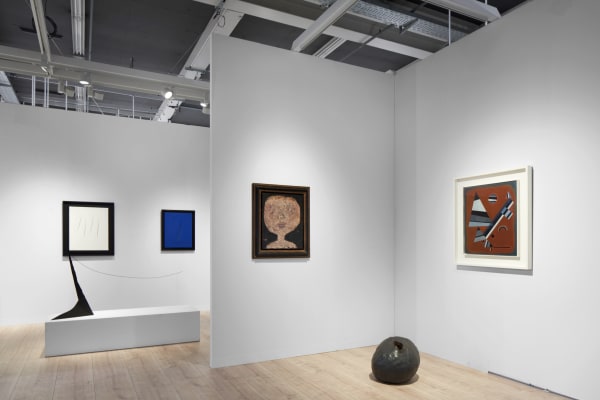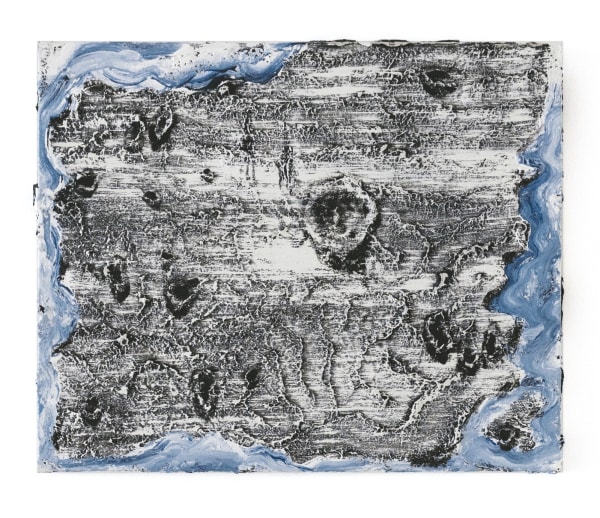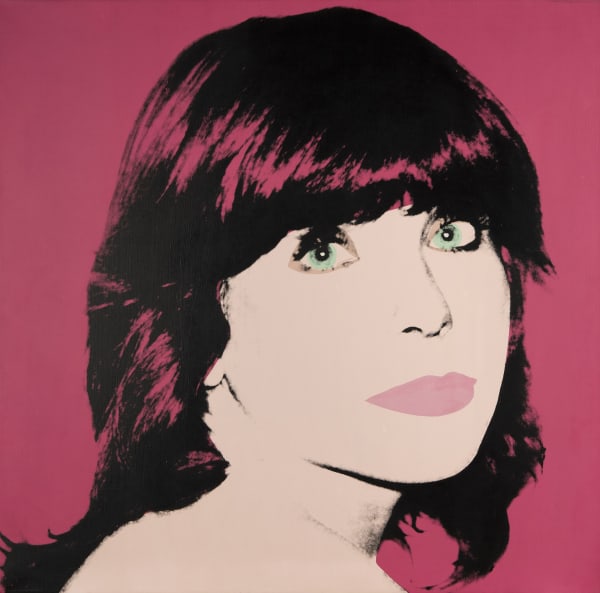Italian artist Enrico Castellani was a leading figure of the European post-war avant-garde and is considered an influential forerunner of Minimalism. Castellani pursued a coexistence of painting, sculpture and architecture in his work, transcending traditional notions of painting. The artist created a rhythmic dynamism of protrusions and recessions, shadow and light, in his monochromatic works by placing nails and other objects behind his tautly stretched canvases. In 1959, Castellani and Piero Manzoni co-founded the experimental Galleria Azimut in Milan and the affiliated journal Azimuth, and also established Milan as a vital centre of the ZERO movement. Castellani's works are included in prominent public collections around the world, including Centre Pompidou, Paris; Fondazione Prada, Milan; Walker Art Center, Minneapolis, Minnesota; Museo d'Arte Contemporanea Roma (MACRO), Rome; Peggy Guggenheim Collection, Venice; and Hirshhorn Museum and Sculpture Garden, Washington D.C. Castellani represented Italy at the Venice Biennale in 1964, 1966, 1984 and 2003.
-

Art Basel
15 - 18 Jun 2023Ben Brown Fine Arts is delighted to return to Art Basel (Booth E4) with an exhibition dedicated to the legacy of major European and North...Read more -

Frieze Masters
13 - 16 Oct 2022Ben Brown Fine Arts is excited to return to Frieze Masters (Booth B13), this year with a curated selection of masterworks from some of the...Read more -

Art Basel Miami Beach
2 - 4 Dec 2021Art Basel Miami Beach art fair 2021. We will be presenting a curated booth highlighting the gallery's stable of international contemporary artists, including Yoan Capote, Vik Muniz, José Parlá and Hank Willis Thomas. Another section of the booth will be designated for an historical exhibition of eminent post-war artists including Miquel Barcelo, Georg Baselitz, Alighiero Boetti, Louise Bourgeois, Alexander Calder, Enrico Castellani, Lucio Fontana, Robert Indiana, Jeff Koons, Claude and Francois-Xavier Lalanne, Roy Lichtenstein, Gerhard Richter, Sean Scully and Andy Warhol.Read more